Corn Weeds
All Corn Weeds Content
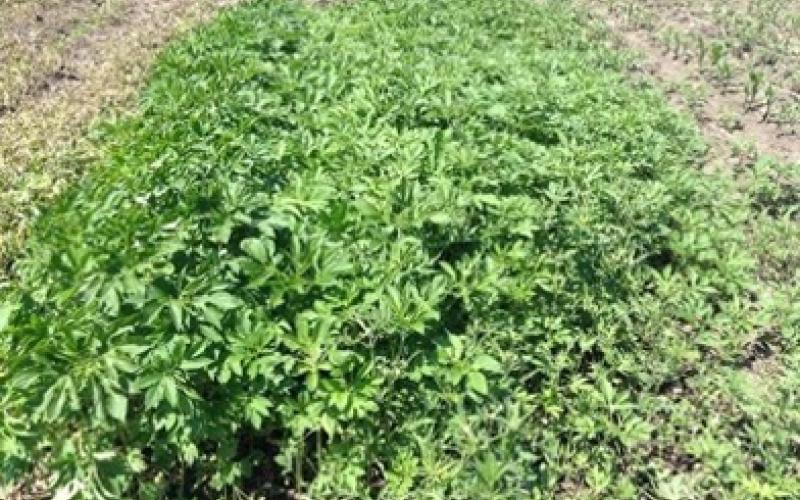
Identification and management of common ragweed and giant ragweed
Fact sheet to help identify and manage common ragweed and giant ragweed.

South Dakota Pest Management Guides
The South Dakota Pest Management guides are now available for free. The guides offer recommendations for controlling weeds, insects, and diseases in a variety of South Dakota crops.
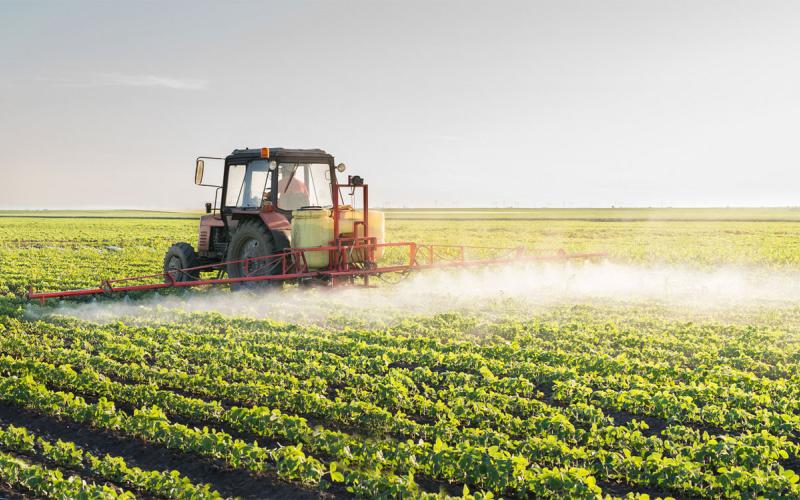
Current State of Row Crop Weed Management in South Dakota
Results of an online survey to determine how South Dakota stakeholders are currently managing row crop weeds.
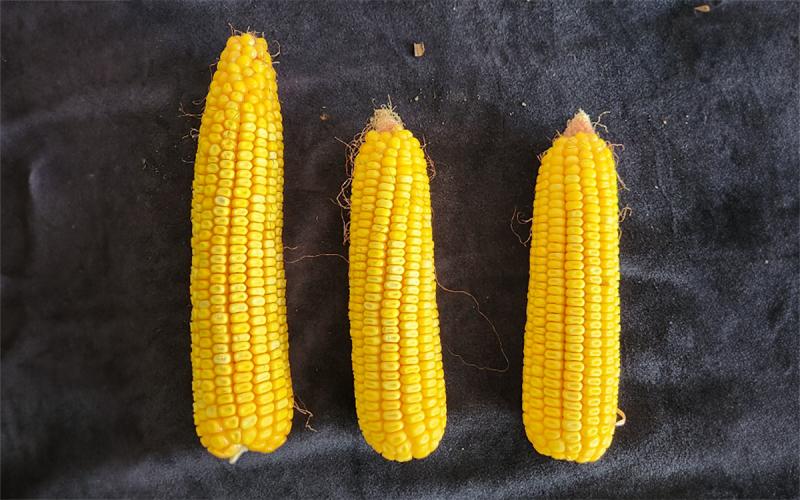
Another Revisitation of Using 2,4-D and Dicamba for Corn Weed Management: Application timing and rates matter
While doing some final weed control ratings this season, ears were pulled from plants in plots treated with 2,4-D, dicamba, and a standard Group 27 herbicide program pre-and-postemergence. Learn what impacts these herbicides had on the ear's size and appearance.
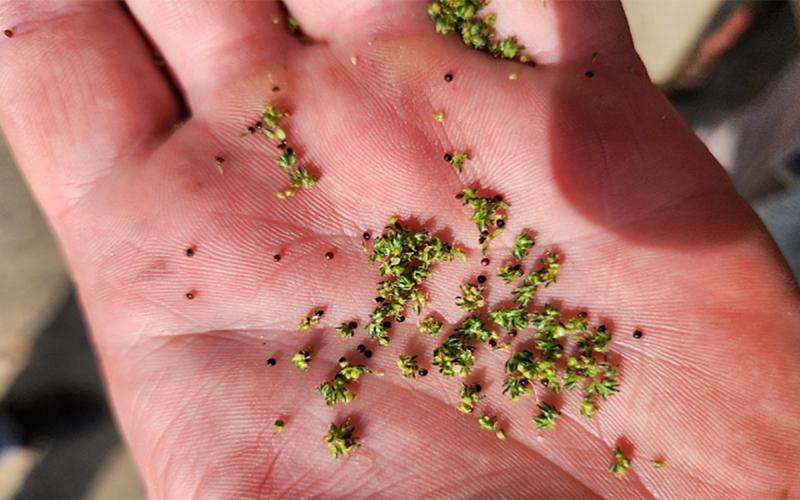
Isolated Female Waterhemp Plant Produced Seed: Implications that pollen is in the air
Recent observations by the SDSU Extension Weed Science team highlight that pollen can move far distances to pollinate isolated female plants. This reinforces the need to effectively manage weeds in fields and adjacent areas.

Fall-Applied Residual Herbicides
Many parts of South Dakota can experience dry conditions when residual herbicides are applied, resulting in inadequate weed control. In these areas, residual herbicides can be applied in the fall and take advantage of a longer period to receive activating precipitation.
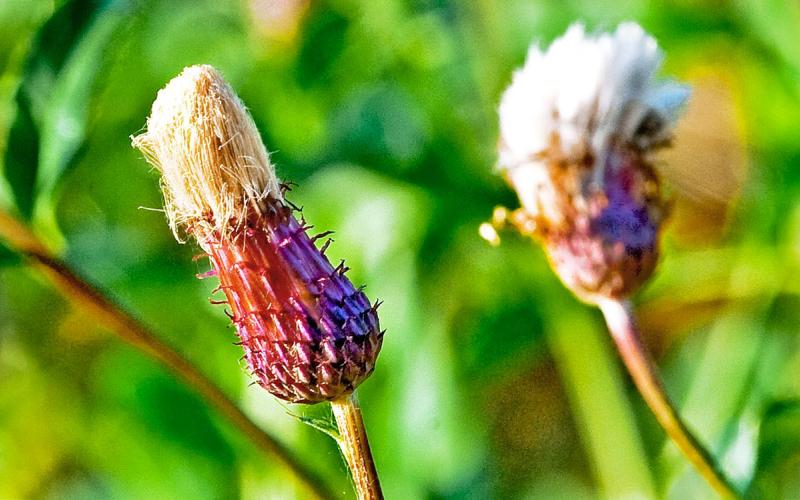
Perennial Weed Management in the Fall
Most herbicide applications to manage perennial weeds have already occurred. However, now is the time to consider fall applications for weeds that were not treated or escaped the spring application.
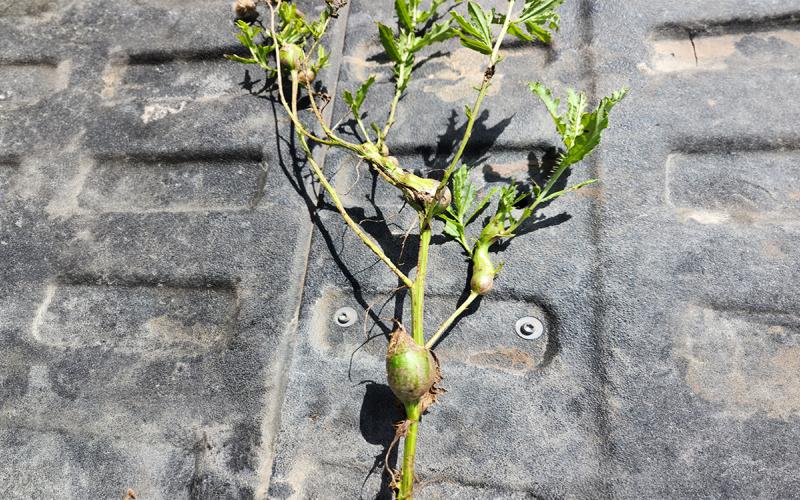
Galls on Canada Thistle: Biological Management at Work
A common sight this summer on Canada thistle is odd growths (also known as galls) on stems. These galls are a product of thistle stem gall fly attacking Canada thistle plants.

EPA Issues Emergency Order: Stop Using Dacthal
Following a review of data associated with the use of dimethyl tetrachloroterephthalate (sold under the most-common trade name, Dacthal), the EPA has issued an emergency order to stop using this active ingredient effective immediately.

Woolly Cupgrass Management
Compared to other grassy weeds, woolly cupgrass is difficult to manage due to the large seed and tolerance to select herbicides. Proper identification will ensure proper selection of management tactics.